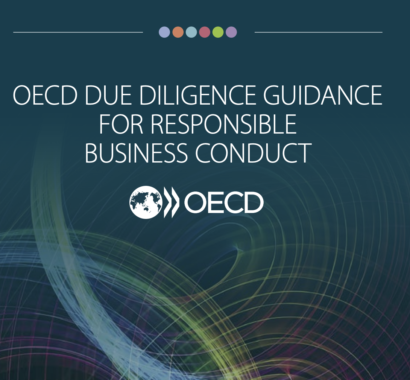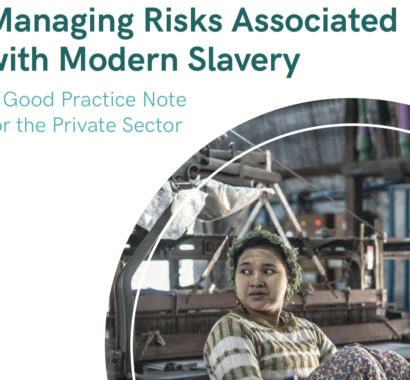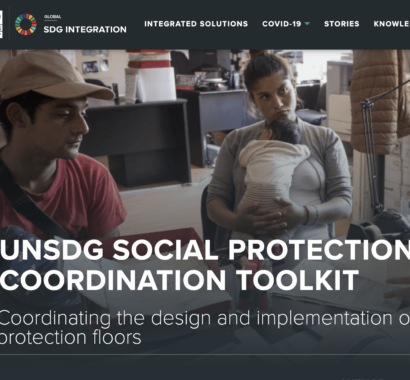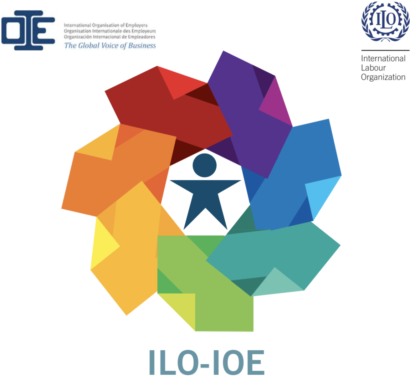2018
OECD Due Diligence Guidance for Responsible Business Conduct
The OECD guidance provides practical support to businesses on the implementation of the OECD Guidelines for Multinational Enterprises by providing plain-language explanations of its due diligence recommendations and associated provisions. Implementing these recommendations can help enterprises avoid and address adverse impacts related to workers, human rights, the environment, bribery, consumers and corporate governance that may be associated with their operations, supply chains and other business relationships. The Guidance includes additional explanations, tips and illustrative examples of due diligence.









